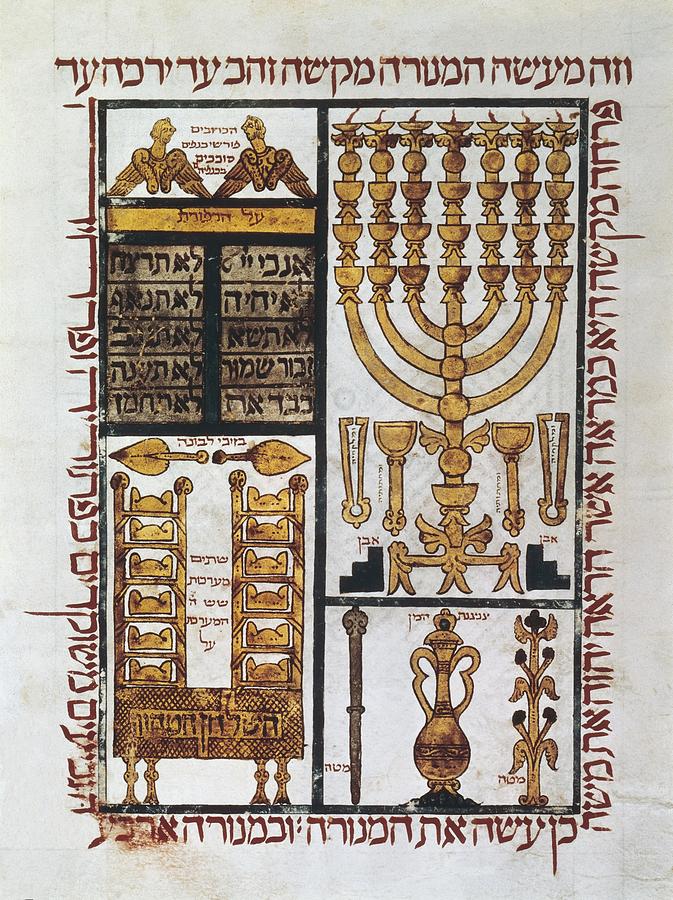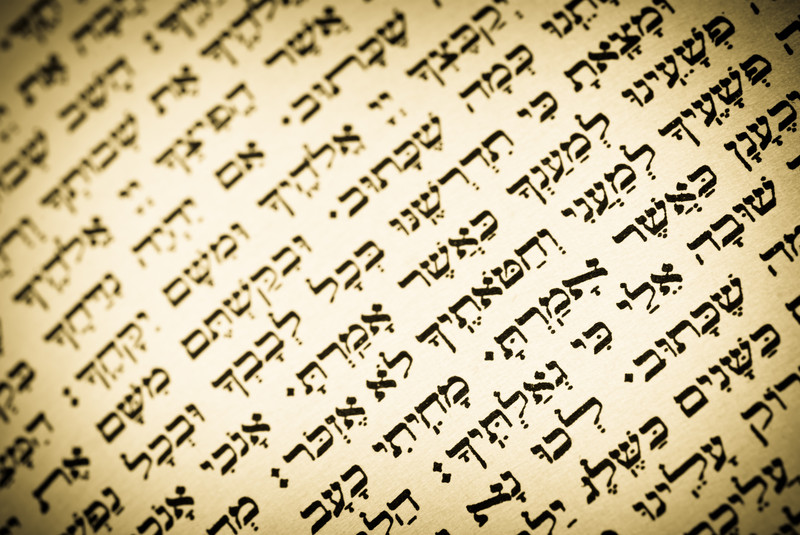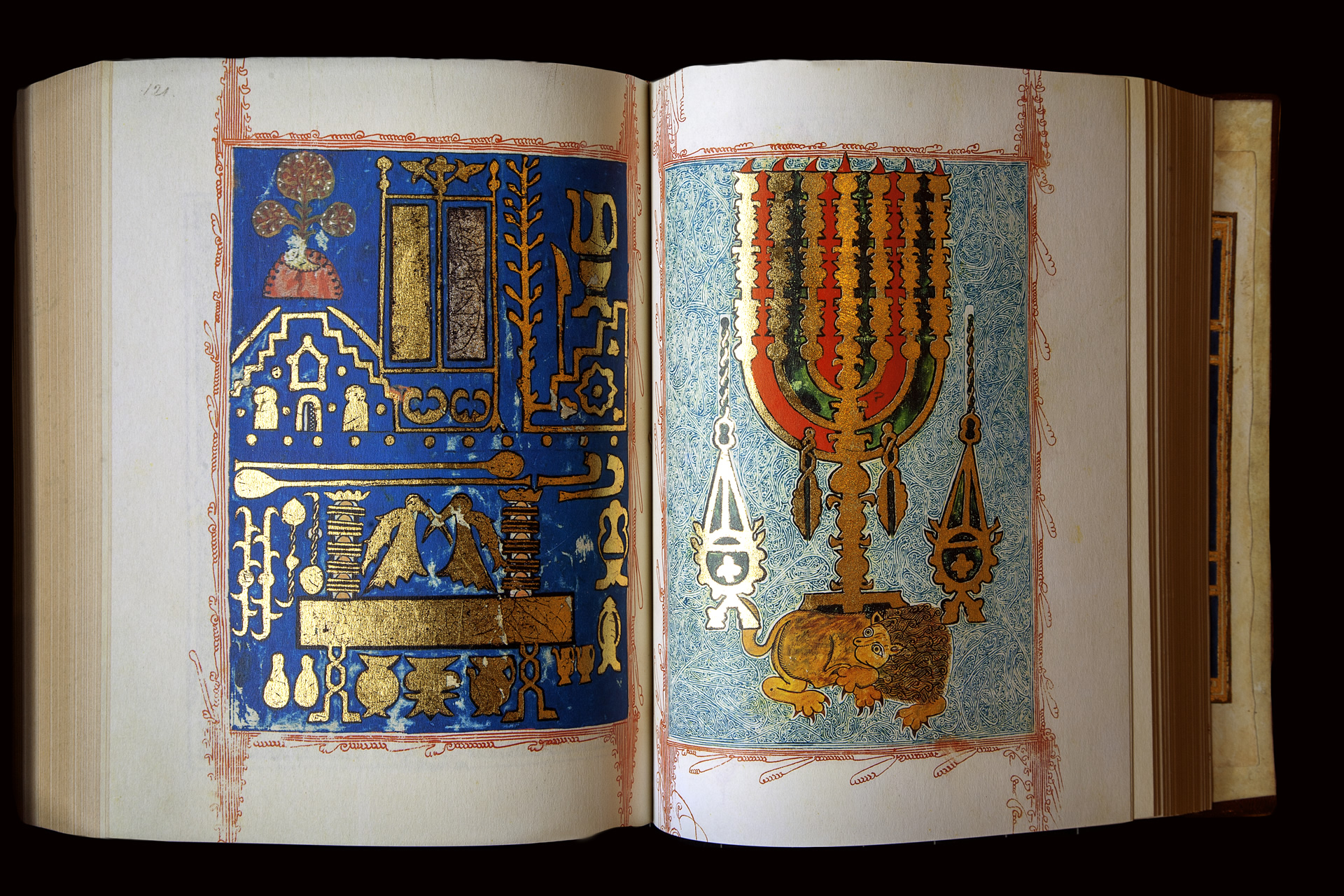

Instead of breaking up books into 1 and 2 Samuel, 1 and 2 Kings, etc., the books are under one heading: Kings, Samuel. Now for those of us who have counted the number of books featured in the first half of our Bibles, we may wonder how the number 39 translates as 24 in the Hebrew Bible. The Hebrew Bible contains 24 books, of which we’ve come to know as the Old Testament. How Does the Hebrew Bible Differ from Ours? We’ll talk about how the Hebrew Bible differs from the Bible that we typically read today, why the Hebrew Bible doesn’t include certain books that we have in our Bibles, and why this matters to us today. Known as the Tanakh, or otherwise called “ The Jewish Bible,” this book is divided up into three major sections (sometimes more, depending on the scholar you ask).īecause the article linked above dives into the different sections, this article will have a different focus. We do have to understand that Judaism does have a portion of the Bible that we have today, just not all 66 books.

Readers may wonder, “Is there more than one Bible? Is this simply a Bible written in Hebrew?” The connections that were forged through such actions, such as ancestor veneration, were socially meaningful for the living and ensured a measure of immortality for the dead.This question may appear out of place. Death was a transition managed through ritual action. This archaeological analysis, which also incorporates funerary inscriptions, will shed important insight into biblical literature concerning such issues as the construction of the soul in death, the nature of corpse impurity, and the concept of Sheol. The Iron Age mortuary culture of Judah is the starting point for this study, and the practice of collective burial inside the Judahite rock-cut bench tomb is compared to biblical traditions of family tombs and of joining one’s ancestors in death. This book examines the concept of the afterlife in the Hebrew Bible by studying the treatment of the dead, as revealed both in biblical literature and in the material remains of the southern Levant. The dead were cherished and remembered, their bones were cared for, and their names lived on as ancestors. But this idea of the afterlife was not hopeless or fatalistic, consigned to the dreariness of the tomb. In Hebrew scriptures, a postmortem existence was rooted in mortuary practices and conceptualized through the embodiment of the dead. This was the afterlife in biblical literature it was a postmortem ideal that did not involve individual judgment or heaven and hell-instead it was collective. In the Hebrew Bible/Old Testament, a good death meant burial inside the family tomb, where one would join one’s ancestors in death. The dead were cherished and remembered, their bones were cared for, and.



 0 kommentar(er)
0 kommentar(er)
